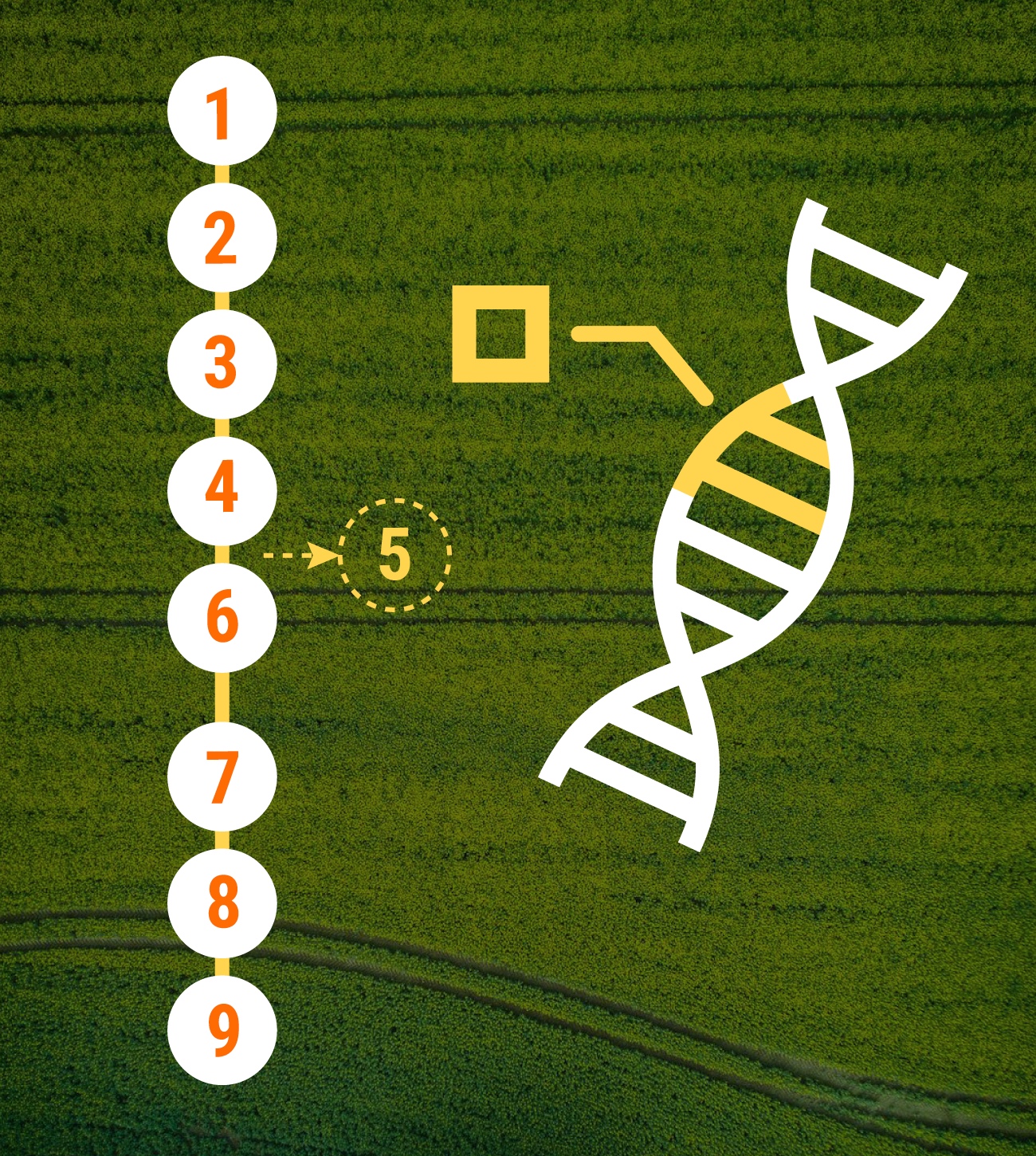To breed pigs that are resistant to PRRS, PIC precisely removed a portion of a specific gene that the PRRS virus enters to infect the pig. Nothing foreign was added. No genes were inserted.
Gene editing technology shows potential to solve both agricultural challenges and human health diseases. So far, gene-editing has been used to successfully treat patients with sickle cell anemia, inherited hearing loss, inherited blindness, and more. There are also gene-editing treatments in development for HIV, cystic fibrosis, and a variety of cancers, according to the World Health Organization.
PIC will be one of the first organizations to introduce a gene-edited protein into the food supply, but there are more than 500 gene-edited crops under development worldwide. Gene editing is being used to achieve disease resistance, improve nutritional content, eliminate seeds in produce, make crops more tolerant to drought and reduce food waste.

Gene editing is a new technology that allows scientists to make a single, precise edit to a small portion of an organism’s DNA to achieve a desired trait. While these edits happen at a microscopic (molecular) level, they have the potential to make a significant positive impact on our world. Gene-editing uses CRISPR technology, short for “clustered regularly interspaced short palindromic repeats.”
Read more about CRISPR and how it works from the National Institutes of Health.
When the PRRS virus enters a pig’s body, the virus latches onto a small part of particular protein in the pig’s immune system, starting a chain reaction that makes the pigs sick with PRRS and can lead to death.
So, PIC collaborated with University of Missouri and The Roslin Institute to identify a solution to the devastation of PRRS.
PIC used gene-editing to precisely delete a portion of the gene where the PRRS virus enters the pig. Without the binding site, the virus cannot make the pig sick.
Like humans inherit traits from their parents, the pig’s offspring then inherit the PRRS-resistant trait through traditional breeding.
